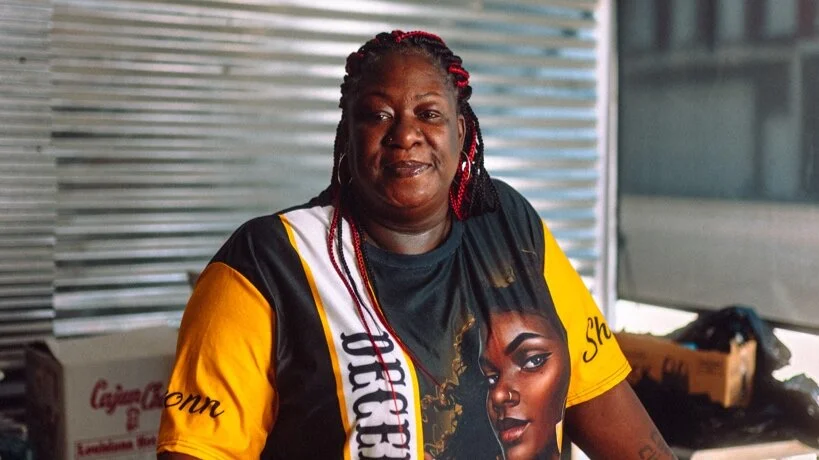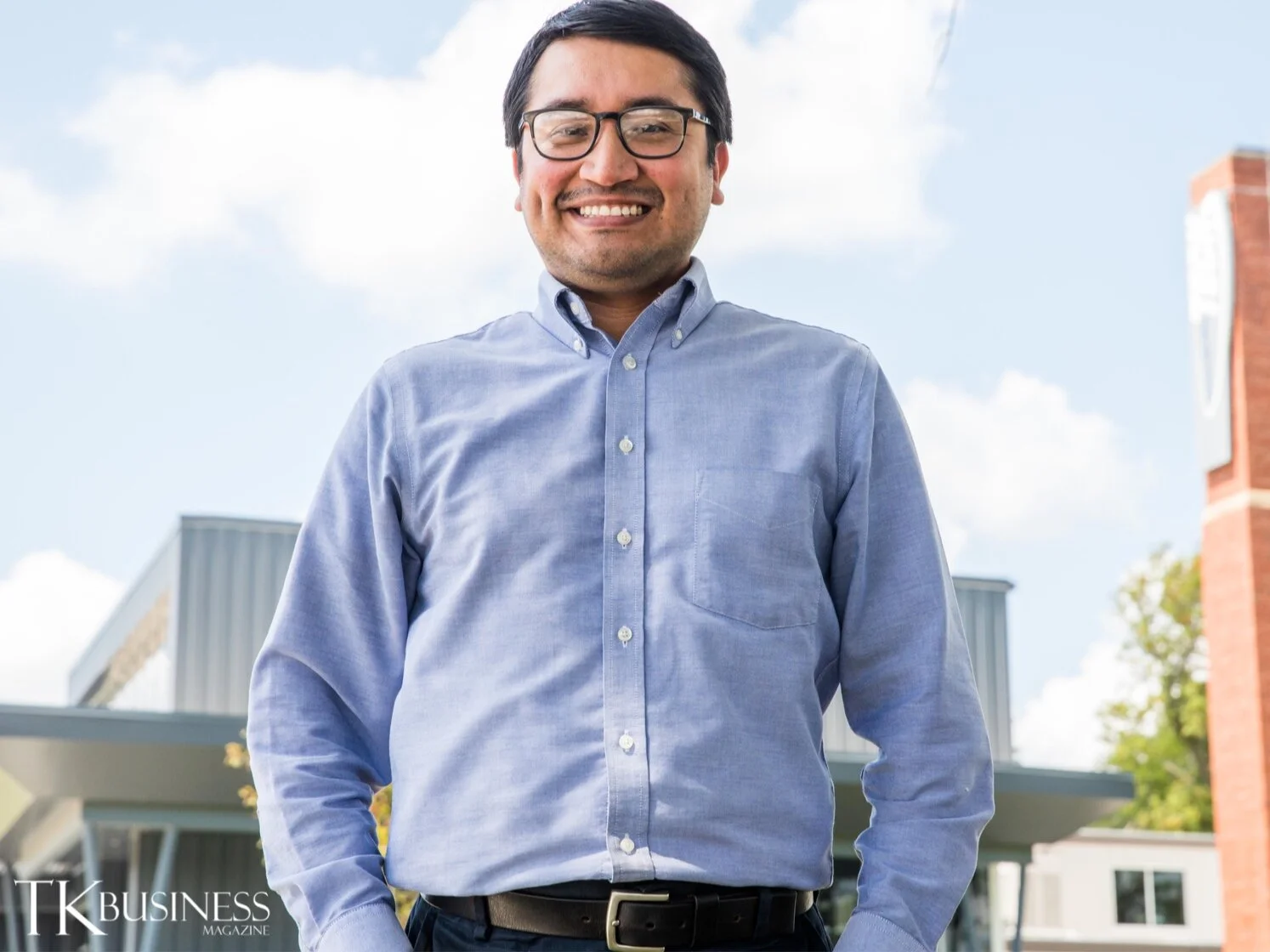Building A Diverse Workforce: IBSA, Inc
Photos by: Emma Highfill
Lazone Grays Jr., CEO of IBSA Inc., has long been a proponent of workforce development and training opportunities for low-income individuals striving to overcome barriers. He describes his vision as a three-legged stool comprising Washburn Tech East, advocacy and volunteer opportunities to serve the community.
“In addition to learning a trade, Washburn Tech East students can apply their skills to help their neighbors bring their homes up to code and make their spaces more functional and beautiful,” he said. “But some people have impediments to employment and education that have to be addressed first.”
Grays is intent on broadening employment opportunities for ex-offenders, those who haven’t completed high school and older adults contemplating a new career through transitional programs that provide pre-apprenticeships.
“Washburn Tech has several trade tracks, but if you don’t know what you want to do yet, a pre-apprenticeship IBSA INC. program could give you a taste of a variety of opportunities to see what you like best before you commit,” he said.Grays said partnerships between nonprofit organizations and businesses could also provide service opportunities to help struggling individuals develop work skills and experience.
“I’d love to see us reimagine how nonprofits and companies can work together on projects with mutually beneficial goals,” he said. “For example, individuals working through something like a graffiti removal contract could build skills, make money and have social connections to the community. If people aren’t working, they aren’t taking care of themselves or their families.
Being able to have a job and meet commitments can have lasting generational benefits.” Grays said workforce training and development programs are key components of cultivating confidence and encouraging entrepreneurship to forge economic independence. He credits his grandmother for his commitment to addressing poverty through work force initiatives.
“She always said I had to leave things better than the way I found them,” he said. It’s a mantra Grays is seeing played out across the city.“
The past few years, Topeka leaders have had an outpouring of genuine concern to address and correct issues in the community and make things better for everyone,” he said. “After George Floyd’s death, there has been a greater effort to address the digital divide. Things have been falling in place.”
In 1997, Grays was part of a contingent that met with Nelson Mandela in South Africa.
“He asked me about myself and I told him what I was doing and that I wasn’t gaining a lot of support,” said Grays. “Nelson Mandela told me that someday I’d be in a room with people who could make what I envisioned come true, and he was right.
”In 2004, Grays said unemployment for African Americans in Topeka was 17.1 percent (as compared to 3.8 percent for the general population). In 2018,the unemployment number for African Americans dropped to 7.8percent.“ All those years people lost in come and lost hope, but leaders like Tara Dimick, Scott Smathers and Jim Colson used their influence to push workforce development and others have been doing the same since,” he said. Not one to rest on his laurels, Grays said more still needs to be done to link Topeka’s amenities like NOTO and the Evergy Plaza with more county residents and introduce training opportunities at Forbes Field.
“There’s an infectious optimism in Topeka that’s exciting to see,” he said. “We’re showing other communities what we’ve got, and we’re leading the pack.”




